The Salisbury Scholarships support full-time graduate students in their growth as performers, conductors, or academics in the field of sacred music. Two annual Salisbury Scholarships in the amount of $10,000 apiece will be awarded each year to a master’s and doctoral student, with a total annual distribution of $20,000.
The Ronald G. Pogorzelski and Lester D. Yankee Memorial Scholarships are intended to support the education of talented young organists who will make significant contributions to the fields of organ playing and organ studies. Applicants are expected to have existing talent and achievements in the field of organ playing and an expressed commitment to post-graduation teaching, performing, or other serious endeavor with respect to the organ.
The AGO Organ Scholar Program will offer a young person the opportunity to experience a one-year internship within a significant music ministry program in the United States. This gap year program between a student’s undergraduate and graduate studies will take place during the 2022–2023 and 2023–2024 program years. There will be one recipient per year for a total of two recipients in two different locations. One scholar will be hosted by Duke Chapel.
Click here for more information.
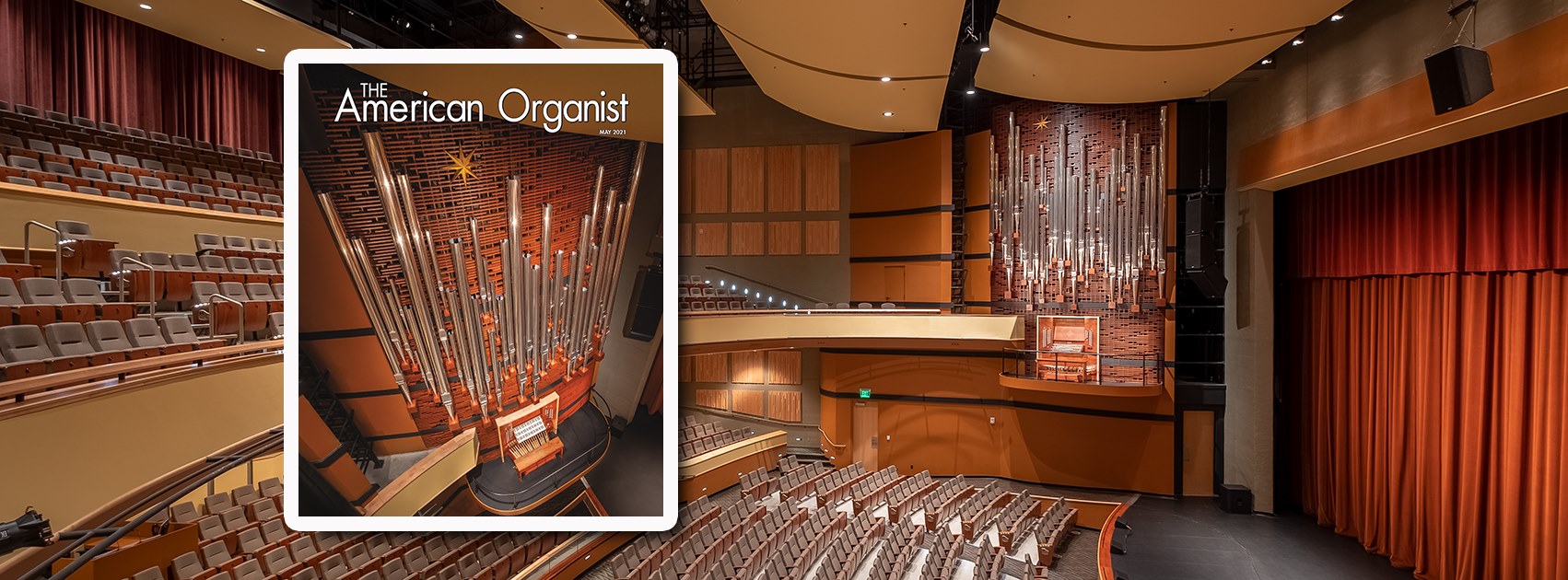
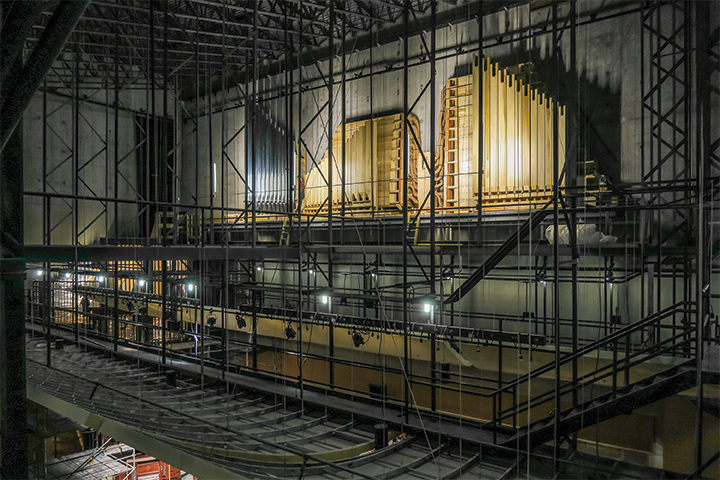
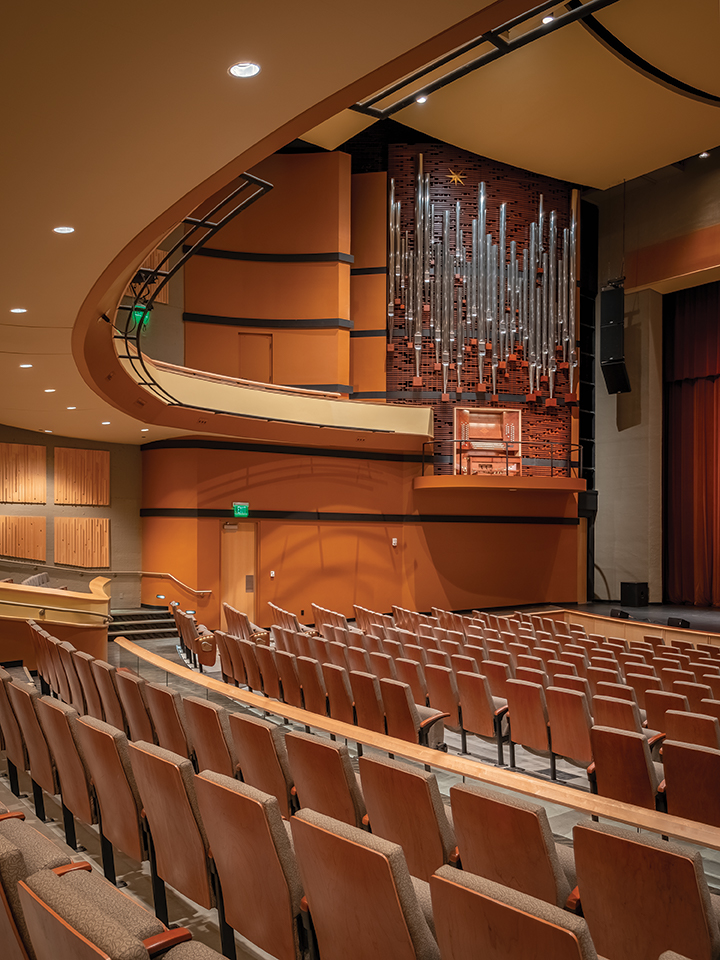
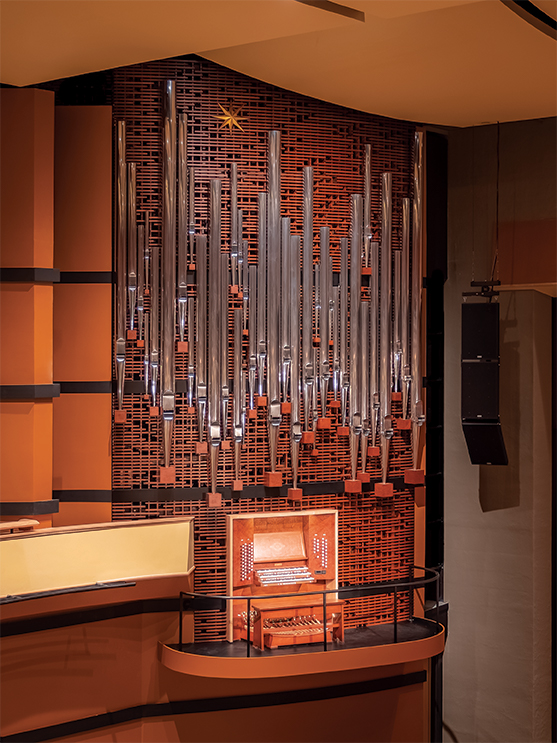
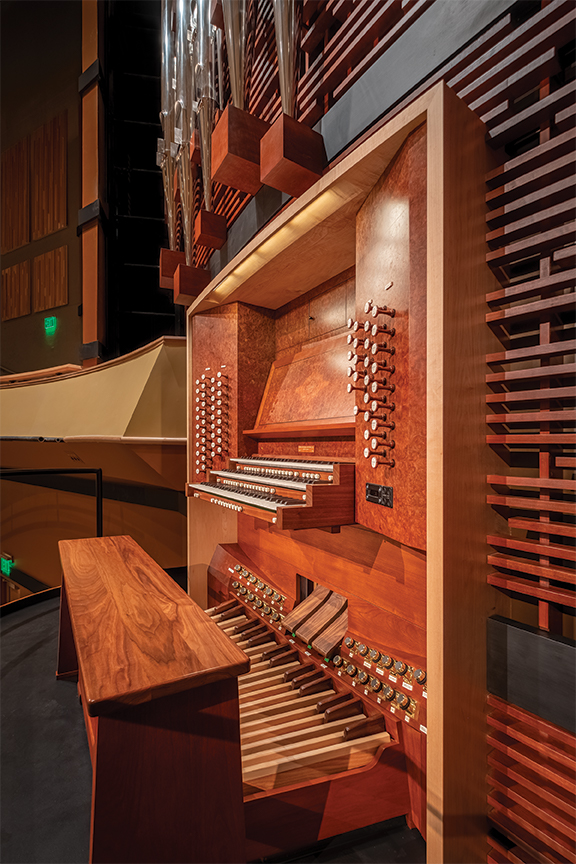
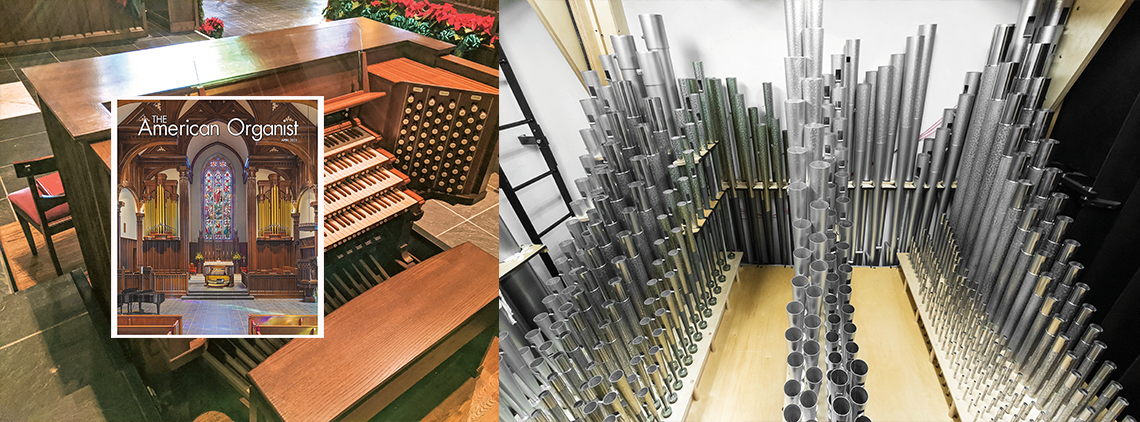
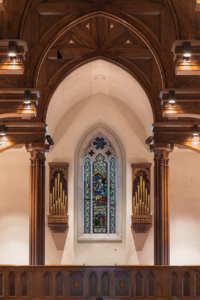
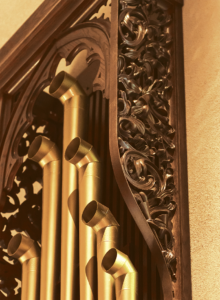
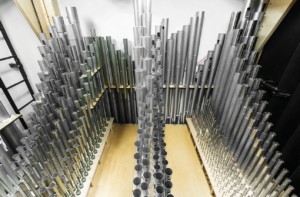
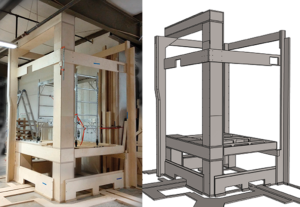
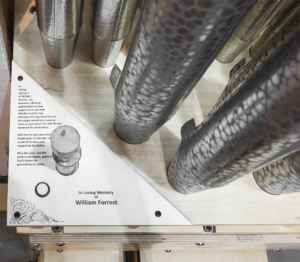
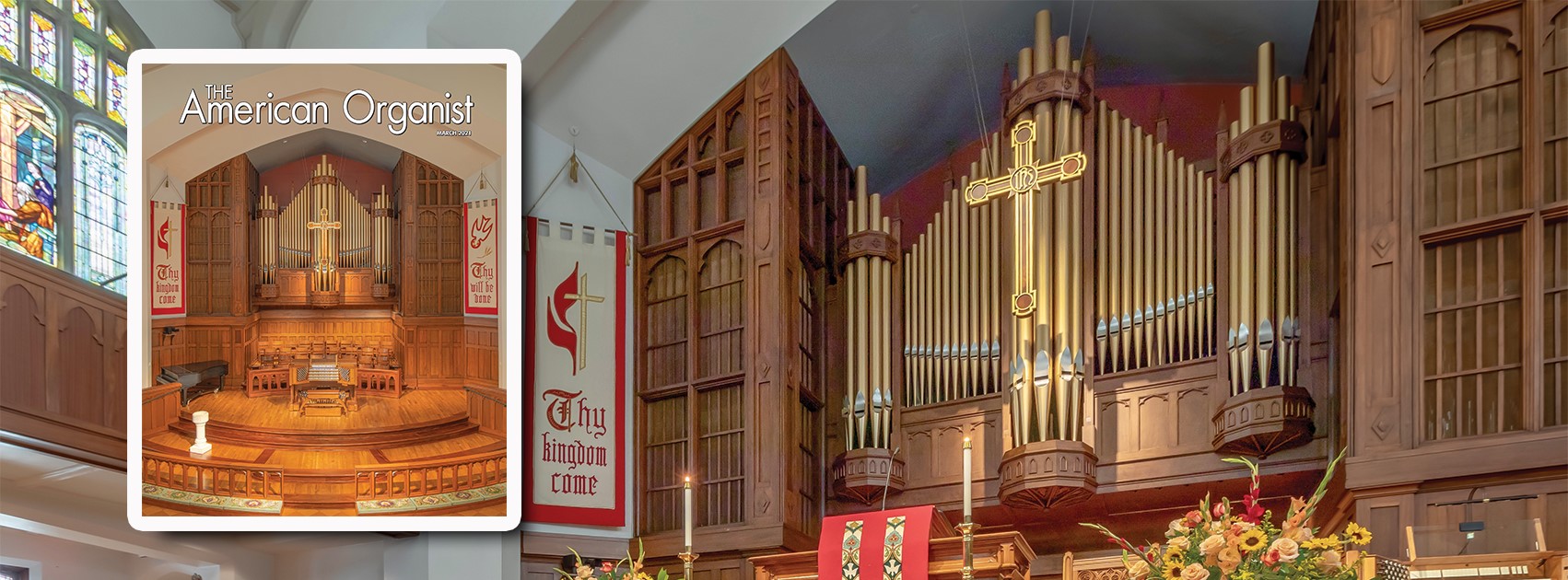
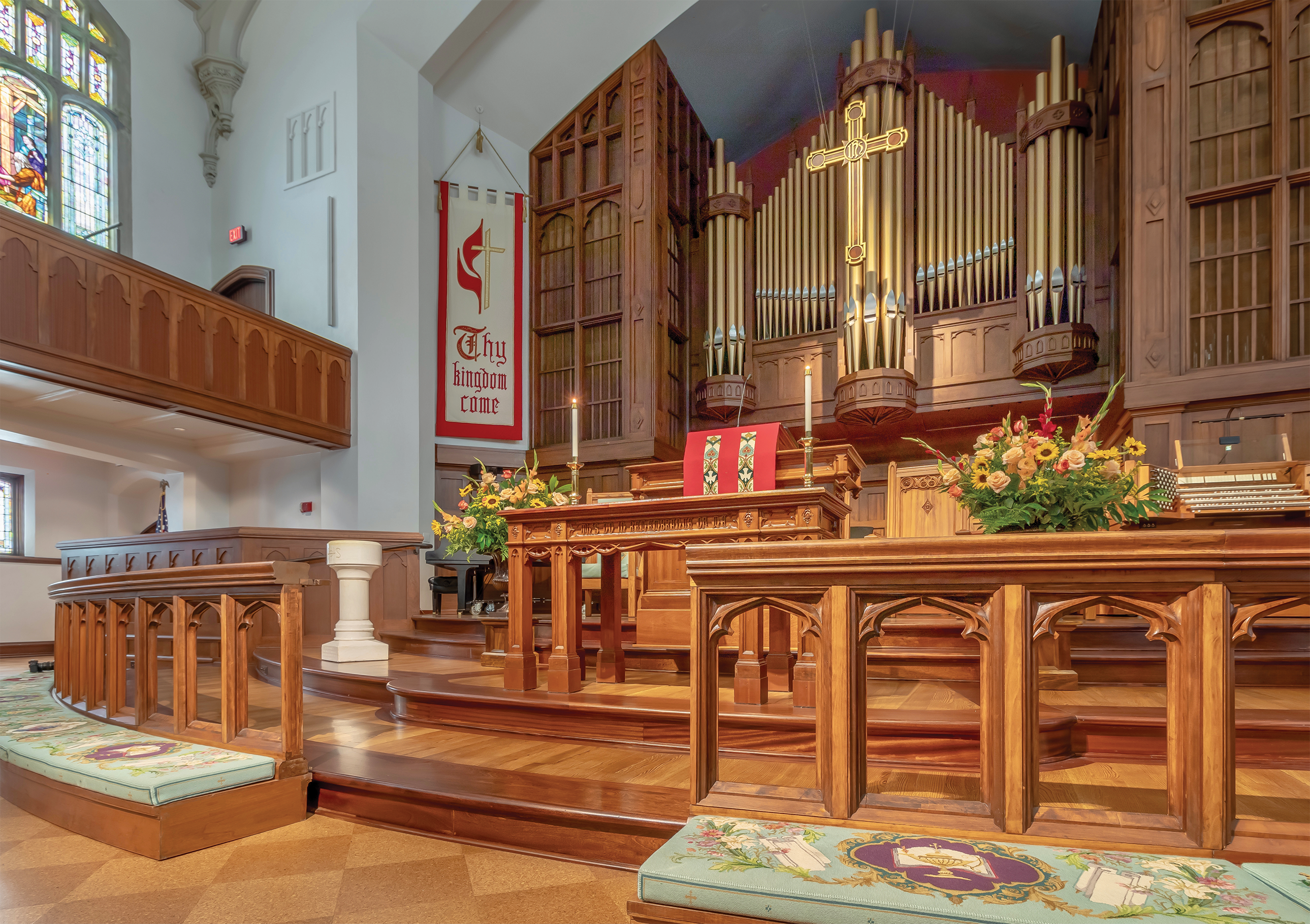
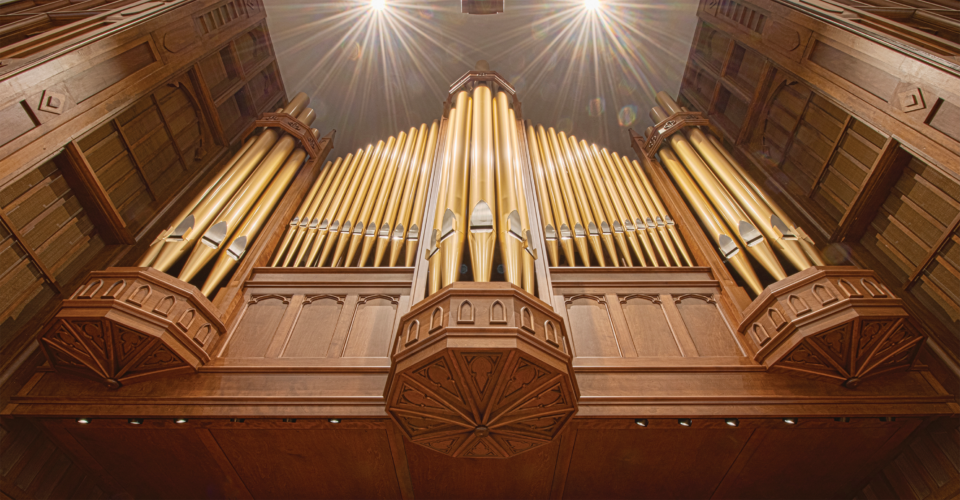
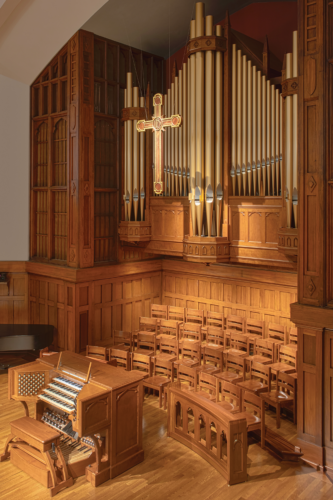 When the church leadership decided to embark upon a comprehensive renovation of the historic sanctuary, the organ became part of a much larger project that included a significant chancel remodeling (under the expert guidance of Terry Byrd Eason) and major improvements to the acoustics of the room (proficiently directed by Scott Riedel). This creative dialogue with all parties involved in the sanctuary project has been key to the success of this remarkable installation. Isn’t the room the most important stop in the organ?
When the church leadership decided to embark upon a comprehensive renovation of the historic sanctuary, the organ became part of a much larger project that included a significant chancel remodeling (under the expert guidance of Terry Byrd Eason) and major improvements to the acoustics of the room (proficiently directed by Scott Riedel). This creative dialogue with all parties involved in the sanctuary project has been key to the success of this remarkable installation. Isn’t the room the most important stop in the organ? AGO certification is for life. Reinforce your skills, improve your employment options, and earn the respect of your peers. The online application for the FAGO, AAGO, and ChM is now available.
AGO certification is for life. Reinforce your skills, improve your employment options, and earn the respect of your peers. The online application for the FAGO, AAGO, and ChM is now available.